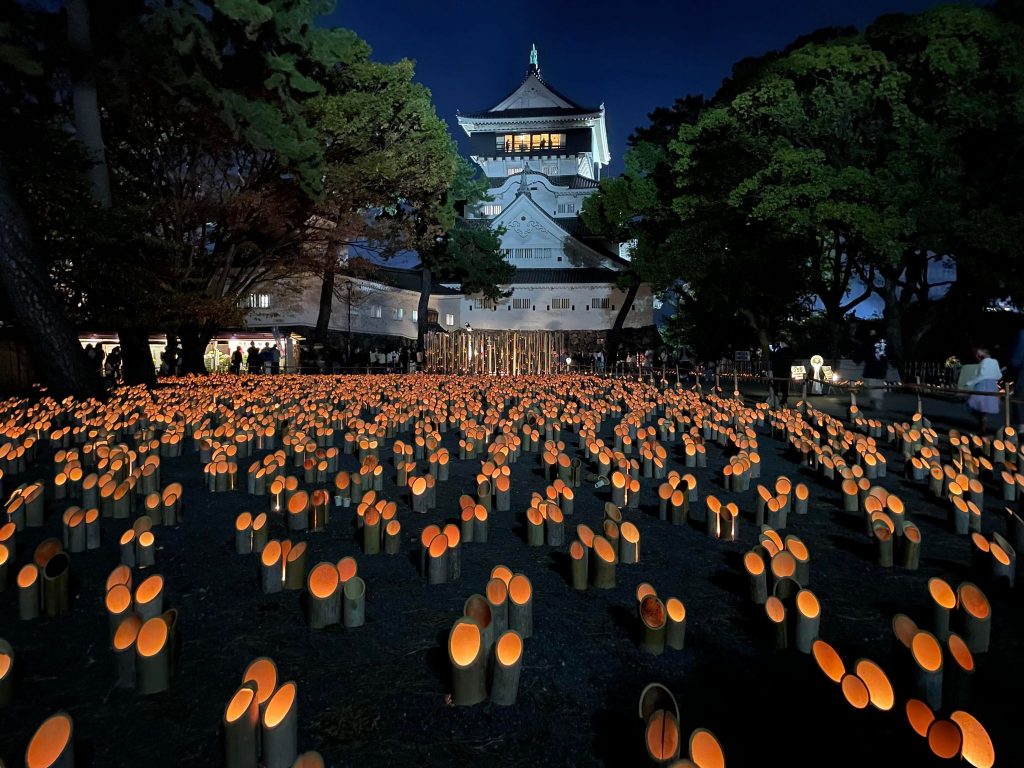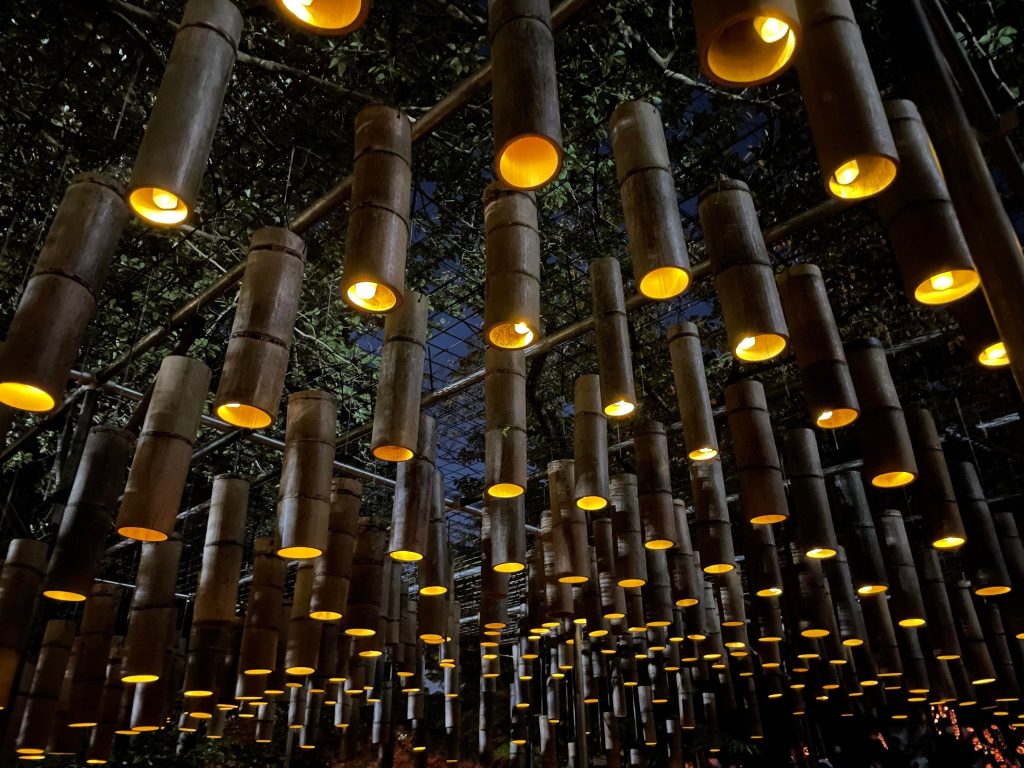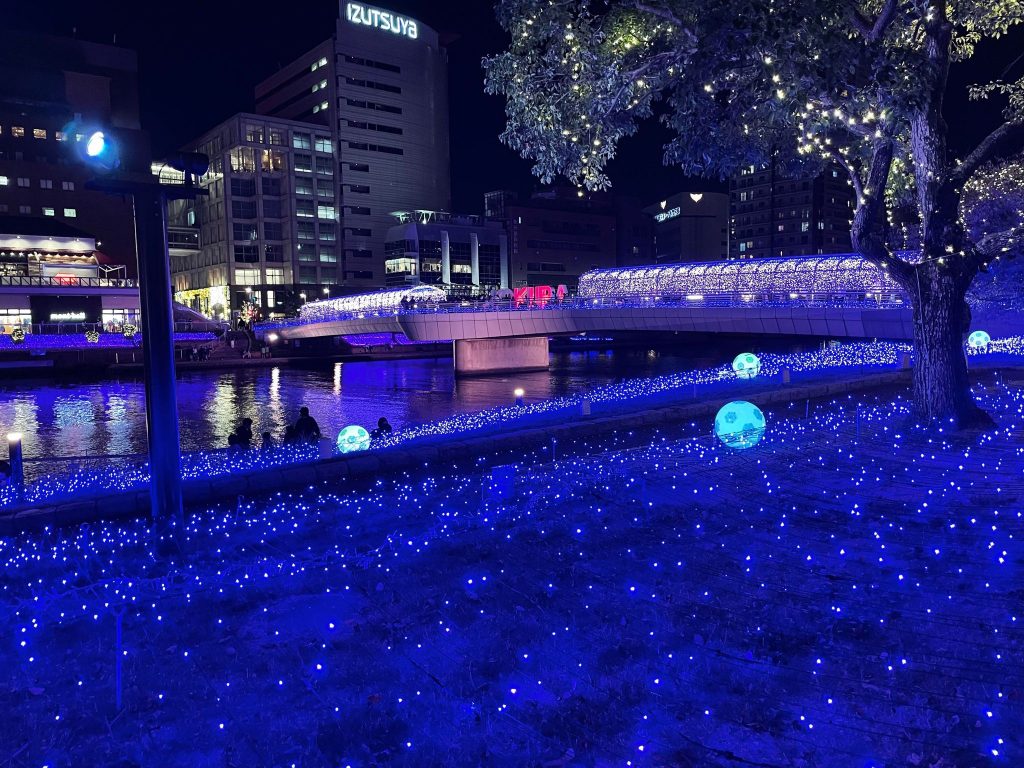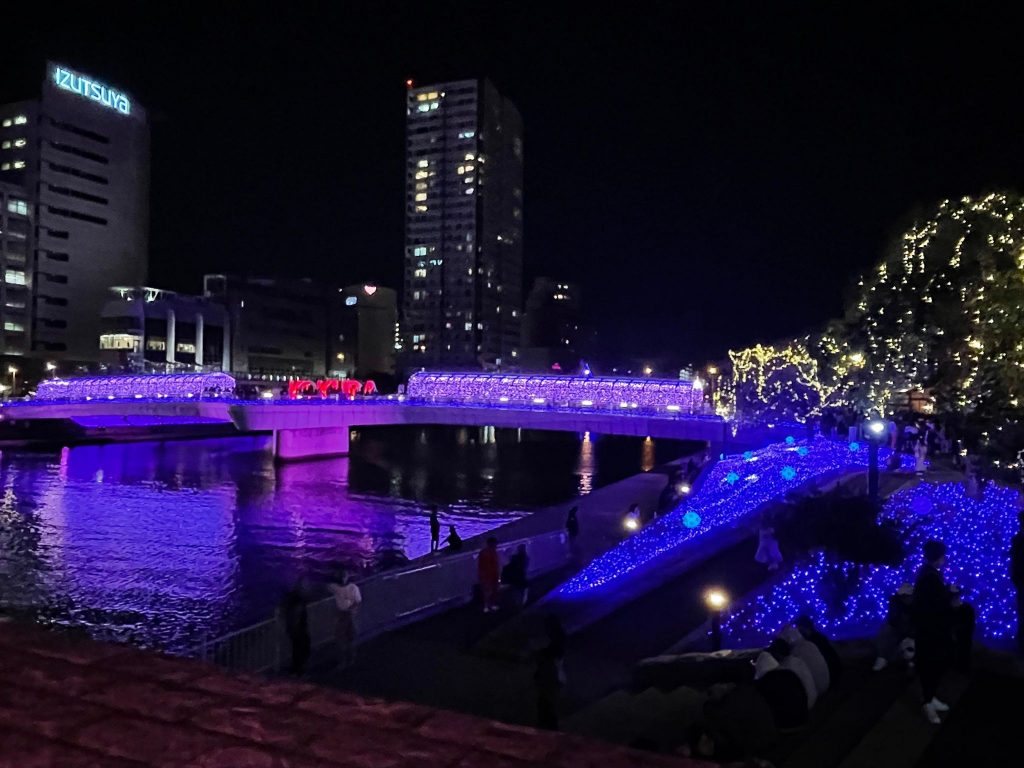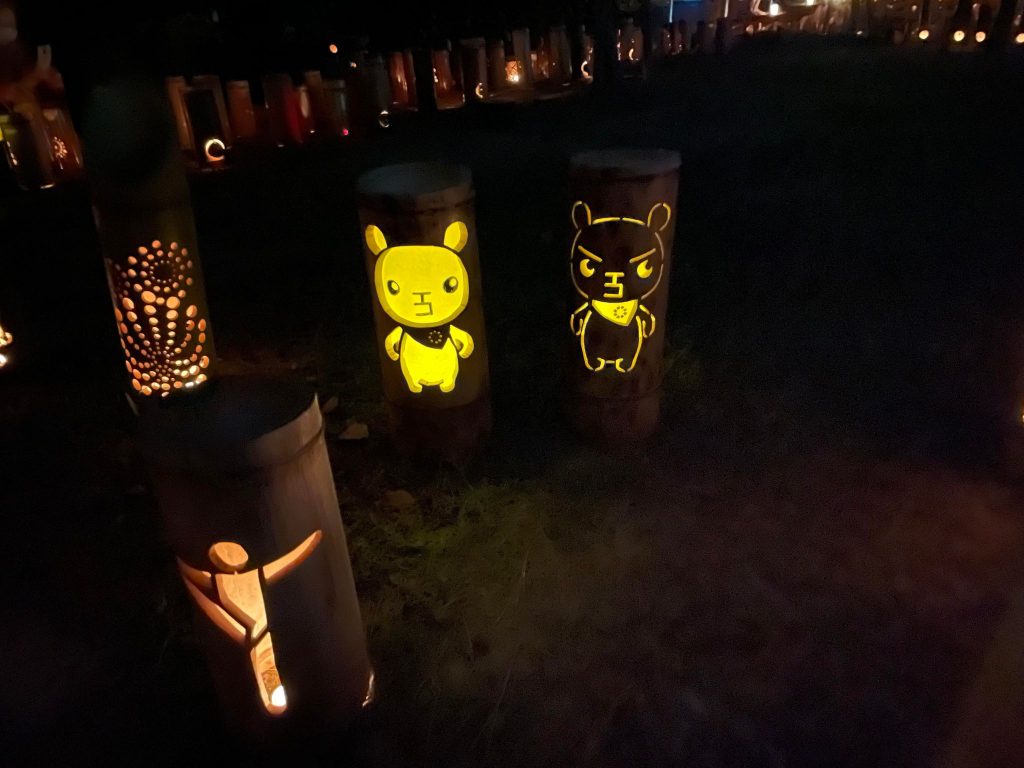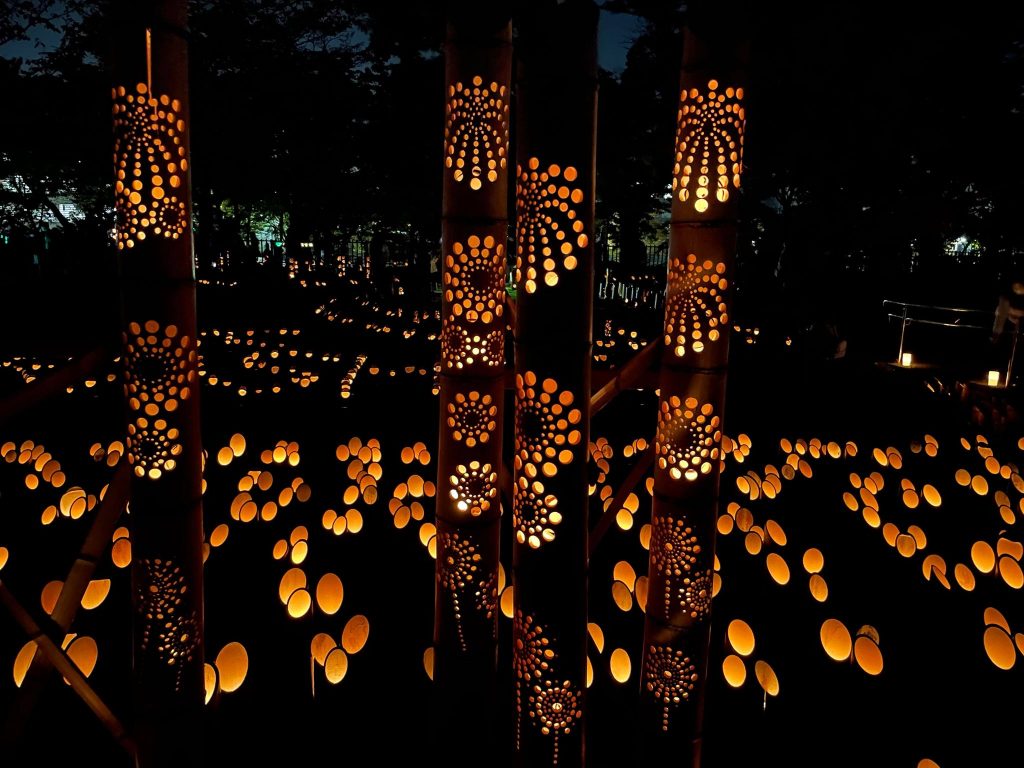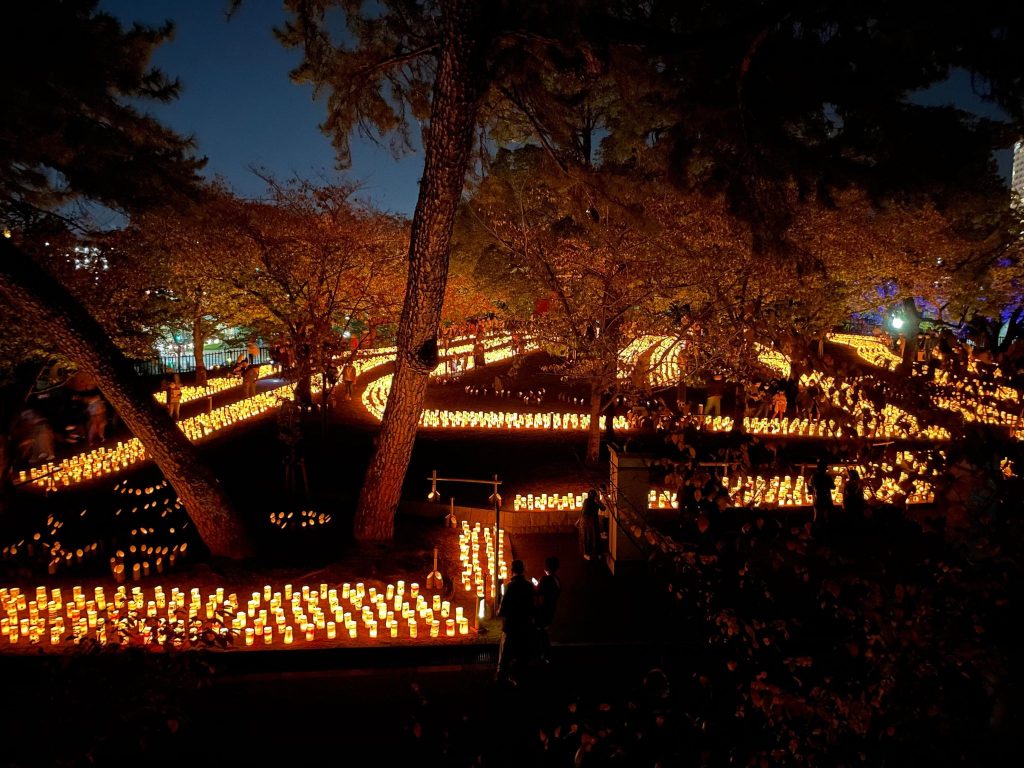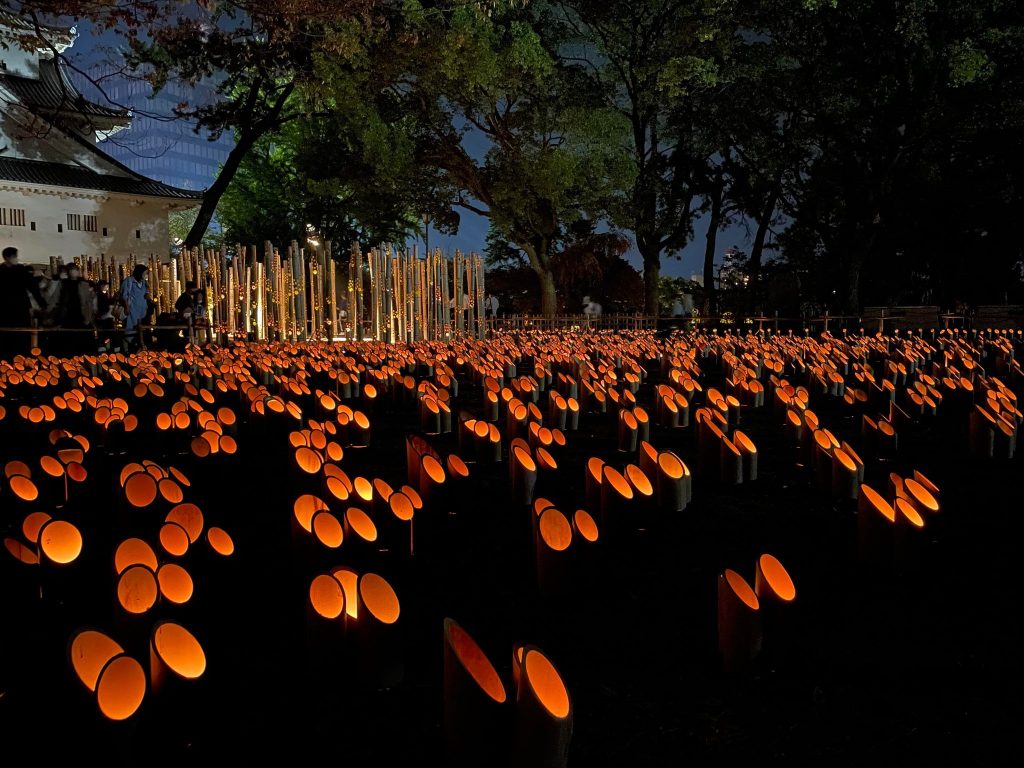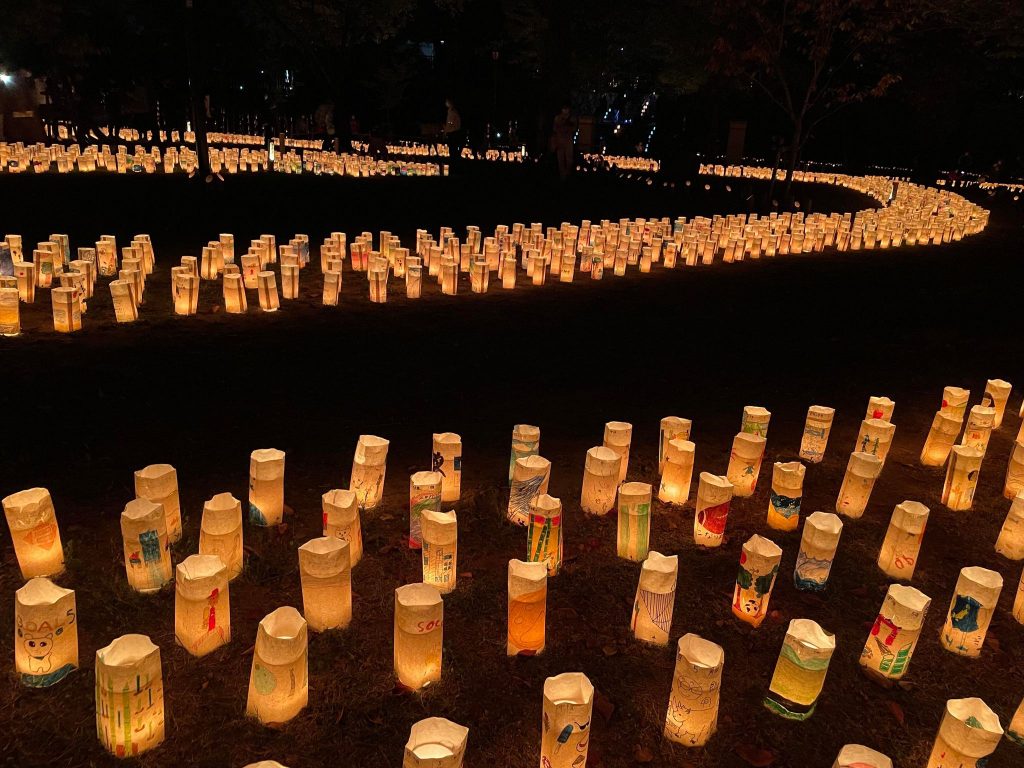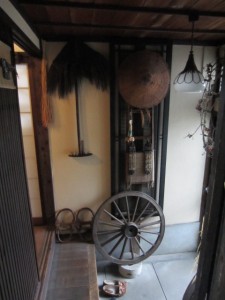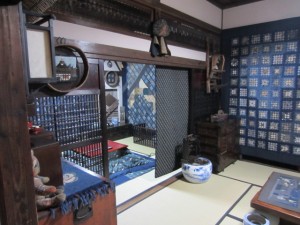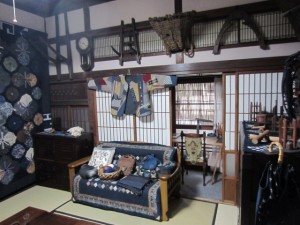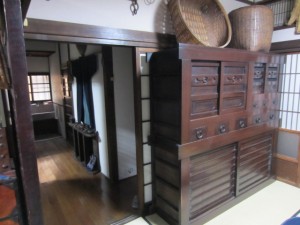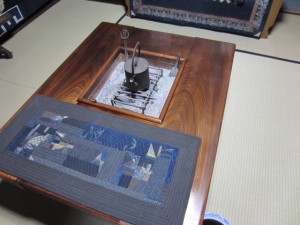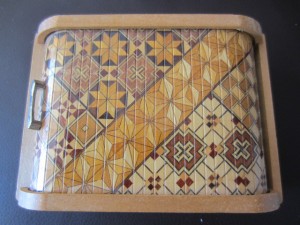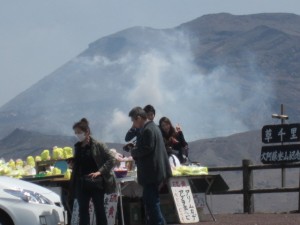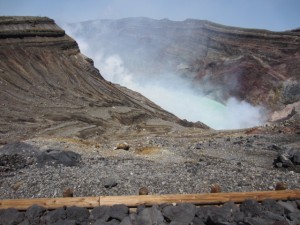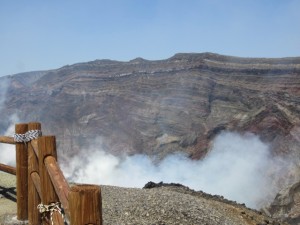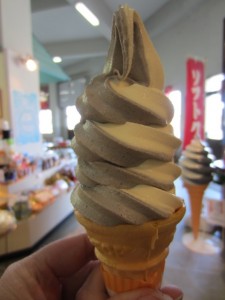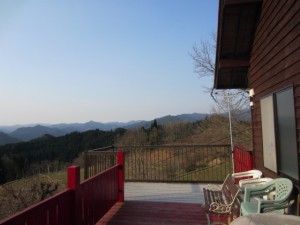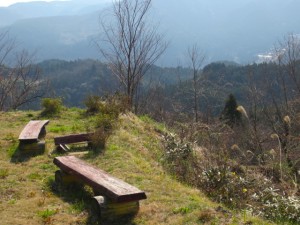In the early 1990s, we spent three years teaching in Kitakyushu, which is on the island of Kyushu, the southernmost and third largest of the four main islands of Japan.
We made many friends during our time there, we enjoyed the rural life in Wakamatsu-ku, and our firstborn was born in Yahatahigashi-ku.
One of my friends, Kazumi Kawano, whom I met in Kitakyushu all these years ago, took these magnificent photos during the Kitakyushu Bamboo Light Festival.
The festival took place from 23 – 31 October.
The 30.000 bamboo lanterns on display were made by volunteers.
Kazumi, thanks again for sharing your photos here with us. It is truly appreciated.
